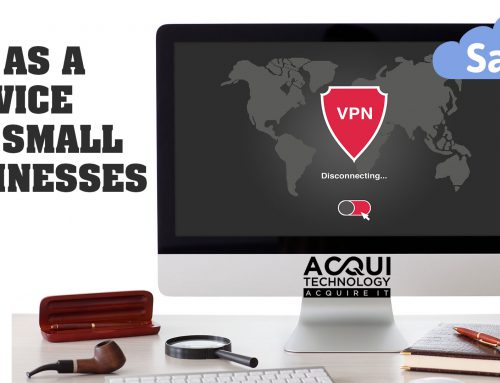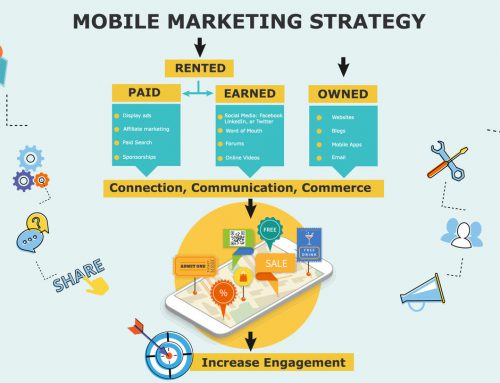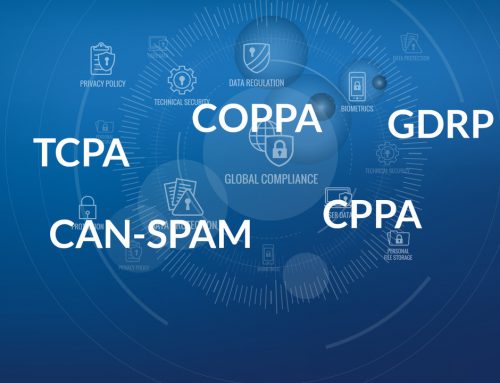RFID or Radio-frequency identification technology uses radio frequency to recognize and connect with objects that have an RFID tag.” RFID (1) does not require clear line of sight between an object and RFID hardware, (2) can store much larger quantities of data, and (3) can offer both read and write capabilities” (Education, 2018). RFID has decreased time previously needed to count inventory, increased accuracy of inventory count and drastically decreased stockouts.
Cloud computing right off the bat, has a more attractive cost in comparison to RFID “its pay-per-use formula allows customers to avoid high capital investment costs, which speeds up return on investment for the software. In addition, because cloud computing involves operational as opposed to capital expenditures, it becomes a viable option for many companies that could not afford to purchase, install, and maintain application-specific software such as transportation management systems and warehousing management systems” (Education,2018). With the lower costs, money can be spent elsewhere like marketing or more employees.
The Internet of Things (IoT) also has a competitive advantage. IoT in logistics can help with transportation, warehouse, inventory and delivery. By collecting information from basic to more complex (for example; the difference between how much inventory we have to there may be a breakdown on one of our production machines) IoT is useful and growing in the anticipation of what will be needed next in all areas of logistics. Hopefully increasing efficiency and increasing profit. “Incorporating IoT can solve a number of problems faced in the supply chain. For instance, sensors can be tagged on every product or shipment which will allow interested parties to track items throughout the product cycle. This is especially crucial in the retail sector, where efficient inventory management is necessary to avoid situations relating to stockouts, stock obsolescence and futile trade marketing efforts. With real-time tracking of inventory, businesses can be managed effectively and efficiently through the insights received from the supply chain process. This also helps in effective decision making, proper fund management, accountability, maintaining customer and vendor relations, etc.” (Mehta, 2018).
You can see the advantages each of the technologies can give. Competition between each would depend on your company, size, technology skill and goals for your company.
References:
Mehta,Y. (Jun. 02, 18). Pros and cons of Implementing IoT in Supply Chains. DZone. Retrieved from: https://dzone.com/articles/pros-and-cons-of-implementing-iot-in-supply-chain
Education, P. (1/2018). MGT 608 – Managerial Support Systems (2018) [VitalSource Bookshelf version]. Retrieved from vbk://9781323829110






